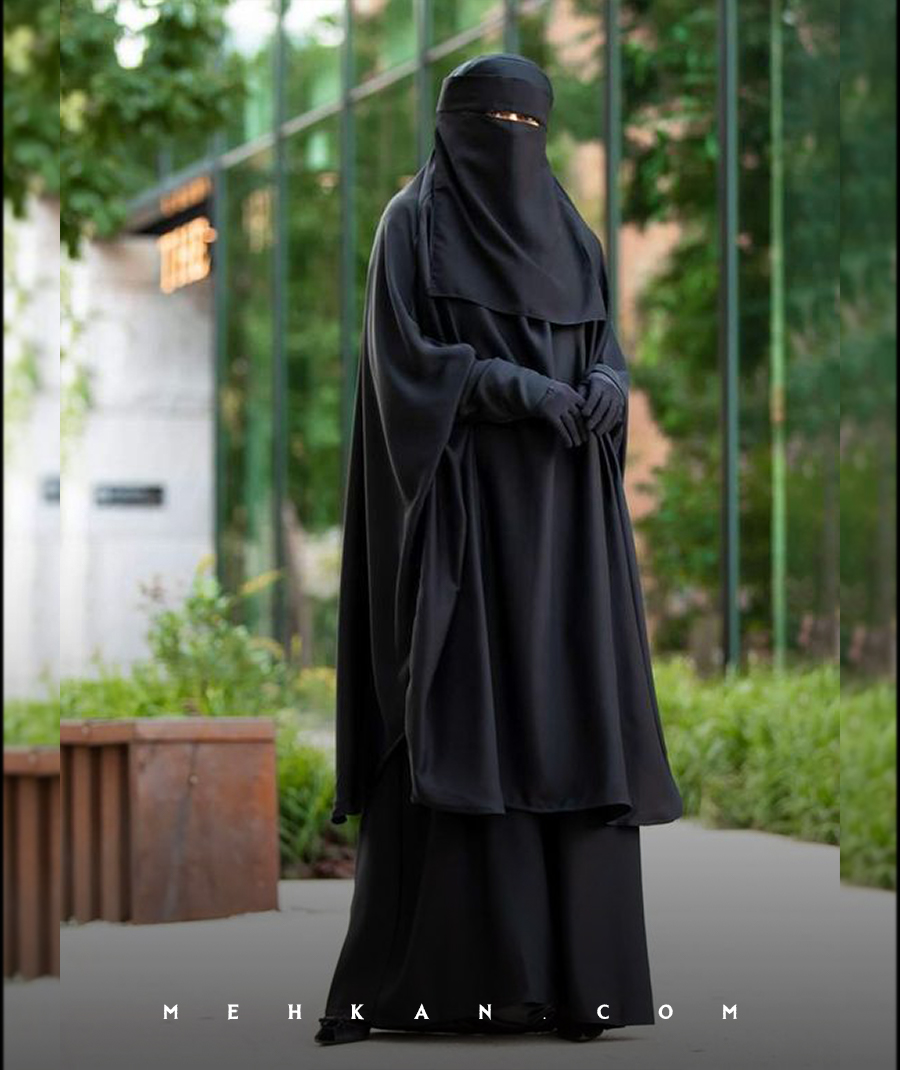
11 May The Burqa: Examining the Full Body Covering Veil
The burqa is a full-body veil that covers the entire body, including the face, hands, and feet. It is worn by some Muslim women as an expression of their faith and as a symbol of modesty and piety. In this blog, we will explore the history, significance, and controversy surrounding the burqa.
History of the Burqa:
The burqa has a long history and has been worn by Muslim women for centuries in various parts of the world, including Afghanistan, Pakistan, and Saudi Arabia. It was originally designed as a means of protecting women from unwanted attention and as a symbol of modesty.
Significance of the Burqa:
For some Muslim women, the burqa is a symbol of religious devotion and a way to demonstrate their faith. It is seen as a means of protecting the wearer’s honor and dignity, as well as a way to show respect for God and their community. The burqa is also believed to promote humility and detachment from worldly desires.
Controversy surrounding the Burqa:
The burqa has become a controversial issue in many countries, with some arguing that it is a form of oppression and a violation of women’s rights. Opponents claim that it restricts women’s freedom of movement and expression, and that it reinforces gender inequality. Others argue that it is a matter of personal choice and religious freedom.
Debates over the Burqa:
The controversy surrounding the burqa has led to debates in many countries over whether it should be allowed in public spaces. In some places, the burqa has been banned in certain settings, such as schools, government buildings, and public transportation. Supporters of the ban argue that it is necessary for security reasons and to promote social integration, while opponents see it as a violation of religious freedom and a form of discrimination.
Different Types Of Burqas
The burqa is a full-body veil worn by some Muslim women as a symbol of modesty and piety. There are different types of burqas, each with their own style and cultural significance. In this blog, we will explore the various types of burqas.
Afghan Burqa:
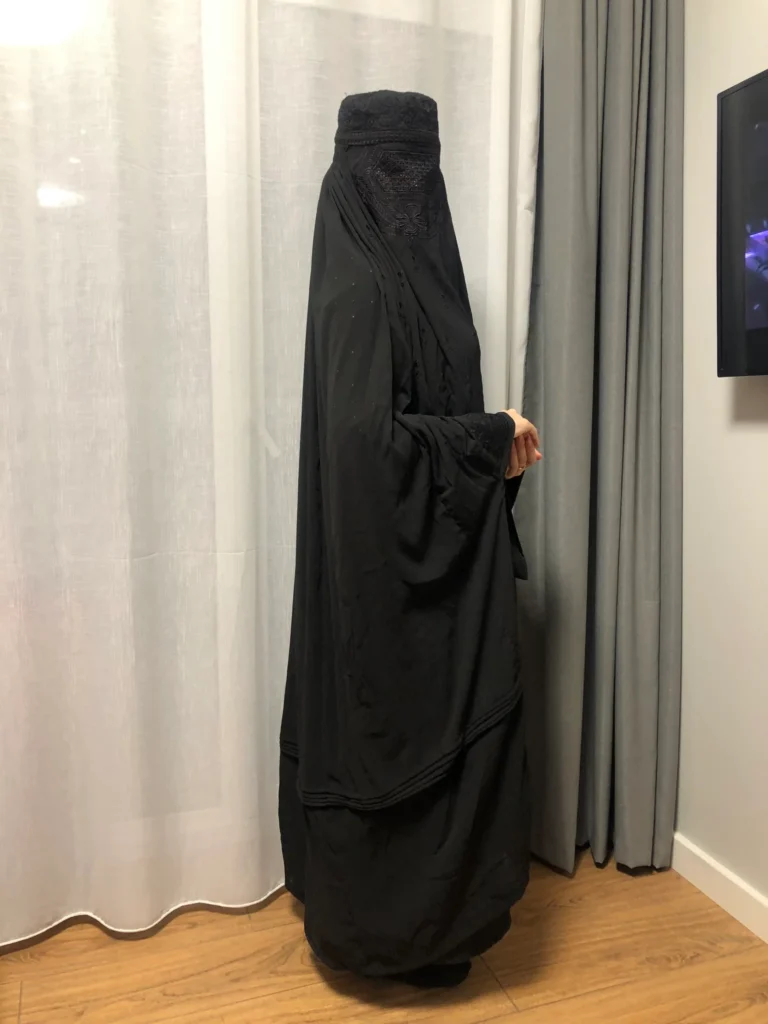
The Afghan burqa is one of the most well-known types of burqas. It is a full-body veil that covers the entire face with a mesh screen. It is typically blue in color and is worn by many Afghan women as a symbol of religious and cultural identity.
Iranian Burqa:
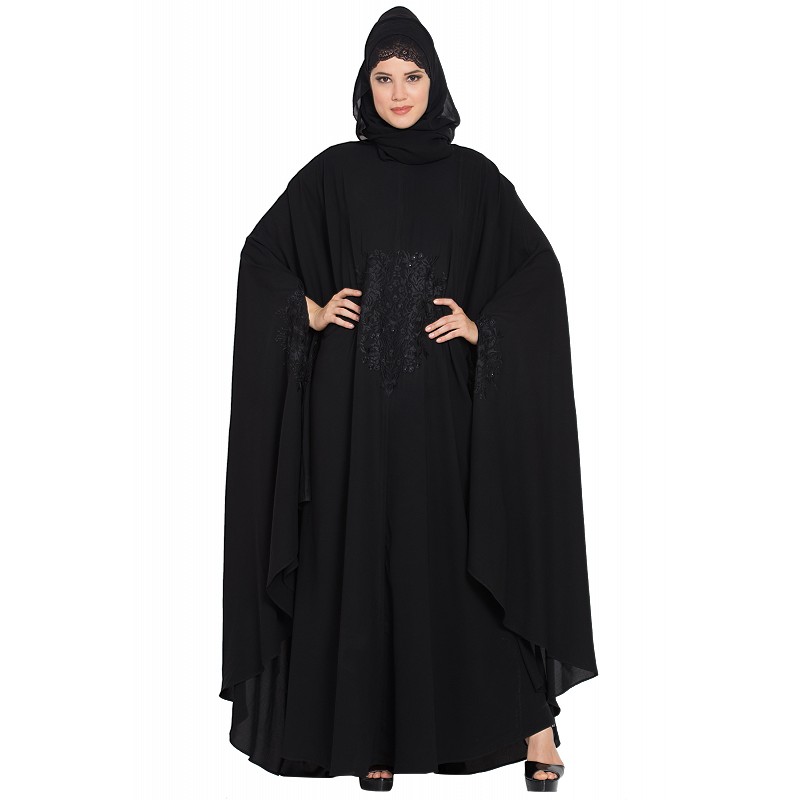
The Iranian burqa is a more loosely fitting garment that covers the head and body but leaves the face exposed. It is often made of black fabric and is worn by many Iranian women as a symbol of modesty and respect for Islamic traditions.
Gulf Burqa:
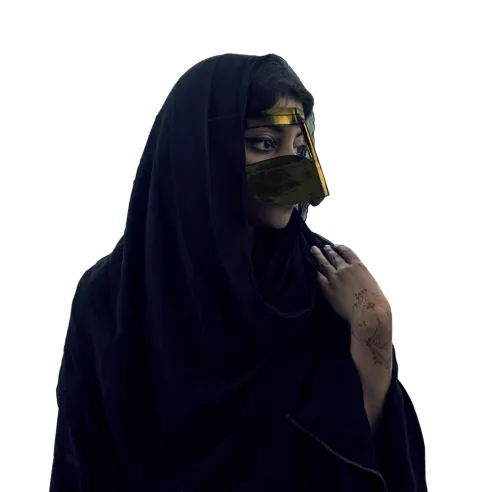
The Gulf burqa is a type of face veil that covers the entire face except for the eyes. It is typically worn by women in the Persian Gulf region, including Saudi Arabia and Kuwait, and is often made of black fabric.
Moroccan Burqa:
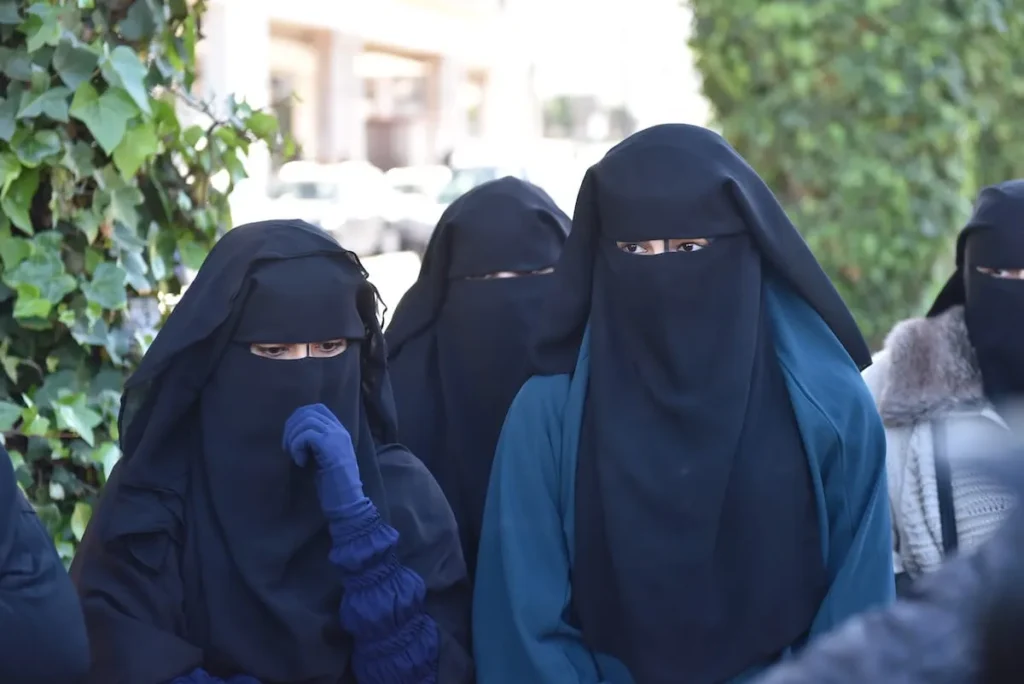
The Moroccan burqa is a traditional garment that covers the entire body and head, with a small opening for the eyes. It is typically made of white fabric and is worn by many Moroccan women as a symbol of cultural and religious identity.
Pakistani Burqa:
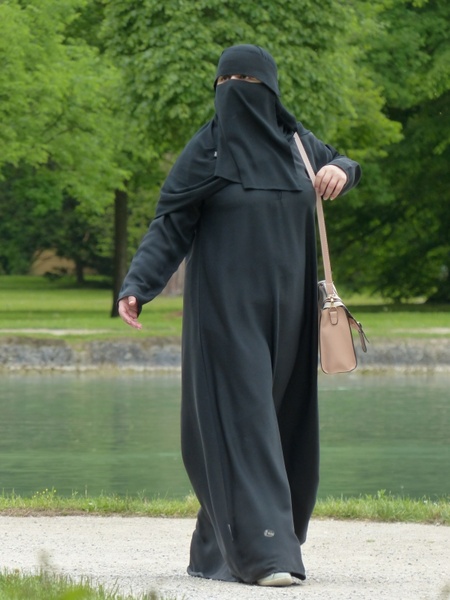
The Pakistani burqa is a full-body veil that covers the entire body, including the face. It is typically made of black fabric and is worn by many Pakistani women as a symbol of modesty and religious identity.
Indian Burqa:

This style is also popular in India and features a long, loose-fitting gown that covers the entire body from head to toe. It is made of lightweight fabric and often comes in vibrant colors and intricate designs.
In Short
The burqa is a complex and multifaceted garment that has different styles and cultural significance across different regions and countries. While the debates over the use of burqas continue, it is important to understand the various types of burqas and their cultural context to better appreciate their significance to the women who wear them.


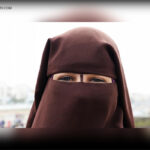

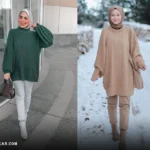
No Comments